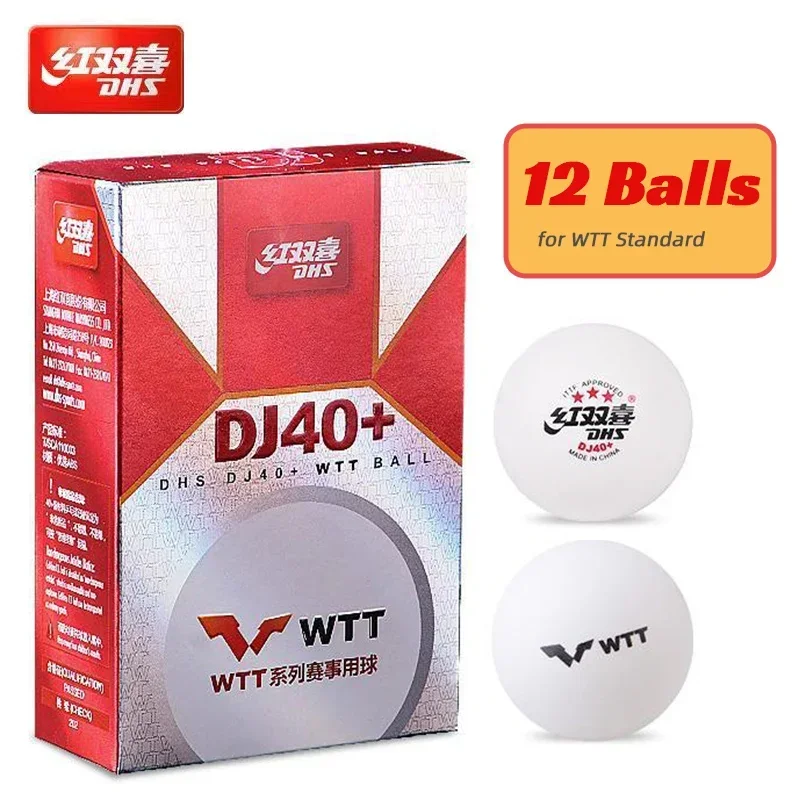How Can You Prevent Corrosion Between Dissimilar Metals
Dissimilar metals, when in contact with each other, can experience a process called galvanic corrosion. This occurs due to the difference in their electrochemical potentials, resulting in the oxidation of one metal and the reduction of the other. Preventing this corrosion is crucial for ensuring the longevity and performance of components and structures.
Coating and Plating: Applying a protective coating or plating to the surface of one or both metals can act as a barrier against corrosion. Coatings like paint, epoxy, or zinc galvanizing prevent direct contact between the dissimilar metals, minimizing the potential for galvanic reactions.
Sacrificial Anodes: Introducing a sacrificial anode, made of a more reactive metal than the protected metal, can effectively combat corrosion. The anode undergoes oxidation instead of the protected metal, sacrificing itself to protect the component.
Insulating Gaskets and Washers: Inserting non-conductive materials, such as rubber or plastic gaskets and washers, between the dissimilar metals can prevent electrical contact and block the flow of corrosive ions, effectively isolating the surfaces.
Cathodic Protection: Applying cathodic protection involves connecting the protected metal to a more cathodic electrode, which provides electrons to the metal's surface, suppressing corrosion. This method requires an external power source or a sacrificial anode.
Proper Design and Selection: Choosing materials that are compatible with each other and selecting appropriate fasteners and assembly methods can minimize the risk of galvanic corrosion. Avoiding direct contact between dissimilar metals or using sealant materials in joints can prevent the development of corrosion cells.
FAQs:
- What is galvanic corrosion? It is the corrosion that occurs when two dissimilar metals are in electrical contact and exposed to an electrolyte.
- How does coating or plating prevent corrosion? It creates a barrier between the dissimilar metals, preventing the flow of corrosive ions.
- What is the purpose of a sacrificial anode? It is to undergo oxidation instead of the protected metal, sacrificing itself to prevent corrosion.
- What materials are commonly used as insulating gaskets and washers? Rubber and plastic are commonly used non-conductive materials for this purpose.
- How does cathodic protection work? It involves connecting the protected metal to a more cathodic electrode, providing electrons to suppress corrosion.
Related Hot Sale Items:
- WD-40 Rust Preventative Spray
- Rust-Oleum Zinsser Bulls Eye 1-2-3 Primer
- Permatex Anti-Seize Lubricant
- Loctite Threadlocker Blue 242
- 3M Marine Adhesive Sealant 5200
Pre:Why do I keep getting restricted for 6 hours on my Facebook account
Next:What helps pregnancy nausea in the first trimester











